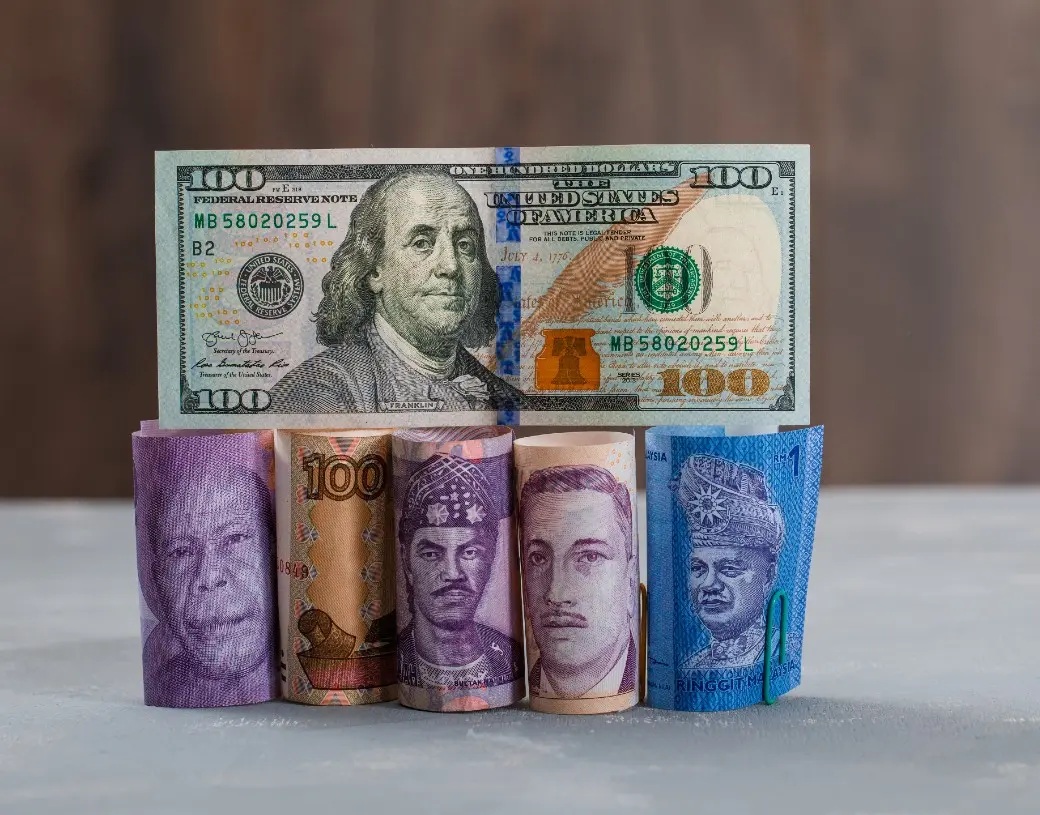BRICS Continue To Discuss Alternative Payment Options to the US Dollar

The BRICS alliance continues to discuss new and alternative payment options to challenge the US dollar on the global stage. Russian Foreign Minister Sergey Lavrov confirmed that the alliance is looking to create a trans-border payment initiative. The idea is being discussed at the initiative of Brazil, which will host the 17th summit in Rio de Janeiro on July 6-7, 2025. Brazil will chair the upcoming summit to promote reform in global governance. Suggestions to create a trans-border payment initiative are being floated by Brazil and could discuss the prospects at upcoming summit. BRICS is looking for a payment settlement other than the US dollar and usher into a new global financial infrastructure. Some U.S. sectors could be affected lf BRICS stops using the US dollar. The sectors include banking, trade, forex, and tourism, among others. The BRICS bloc inducted six countries into the group such as oil-producing nations Saudi Arabia, the UAE, Egypt, Iran, and Ethiopia. The one common thing between the BRICS group is their disdain for the U.S. dollar. Moreover, BRICS is looking to end dependency on the U.S. dollar by promoting their local currencies for cross-border transactions.

The U.S. Dollar Overtakes All BRICS Currencies & Gold
The U.S. dollar is printing new highs against all BRICS currencies in the foreign exchange markets. The dollar trumps the Chinese Yuan, Indian Rupee, and Russian Ruble among others, and is soaring to new weekly highs. The rise of the U.S. dollar is also weakening gold. De-dollarization is the most talked about subject in developing countries where they aim to uproot the US dollar from the world’s reserve currency status. Emerging economies want their local currencies to take first precedence by ending dependency on the US dollar. The prospects of the greenback are at stake as countries in the East are looking to tilt global financial power on their side. The upcoming decade could decide if the USD will remain the de facto reserve currency of the world.

Leading economist and author Madan Sabnavis predicted that de-dollarization’s time has not come yet and the US dollar will remain the global supreme currency. He wrote that anchor currencies, BRICS currencies, and local currencies are not qualified to withstand the whiplashes of the markets. In addition, “finding common ground would be difficult” among developing countries, he stressed. The US dollar has been dominant for decades and can bounce back stronger after every dip. That is not the case for local currencies as they take longer to climb up the ladder after a fall. “De-dollarization can work only if countries form trade groups and use their own currencies for settlements. The acceptance of these outside these zones will remain uncertain. The US dollar will continue to be the world’s anchor currency,” and make de-dollarization a failure. Sabnavis explained that “there is no alternative” to the US dollar and “there is no getting away from the existing matrix.” He added, “And for the next few years, there is no alternative.” In conclusion, the analyst has predicted that the US dollar’s future looks bright and de-dollarization cannot derail its growth. Therefore, the US dollar will still rule the roost and de-dollarization will not succeed in the coming years.





